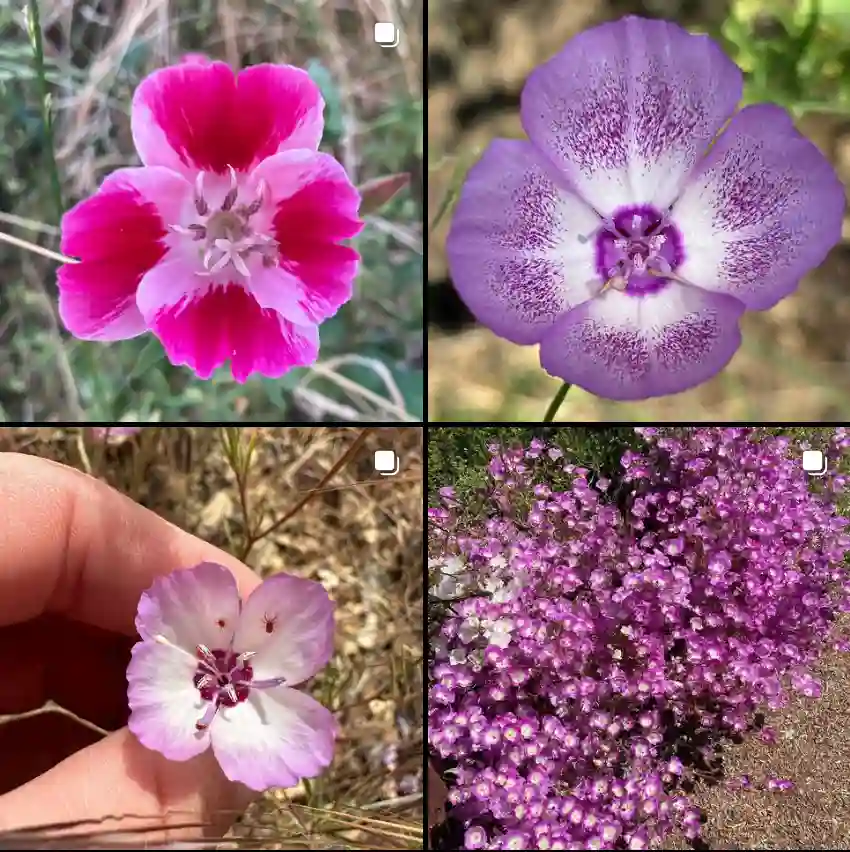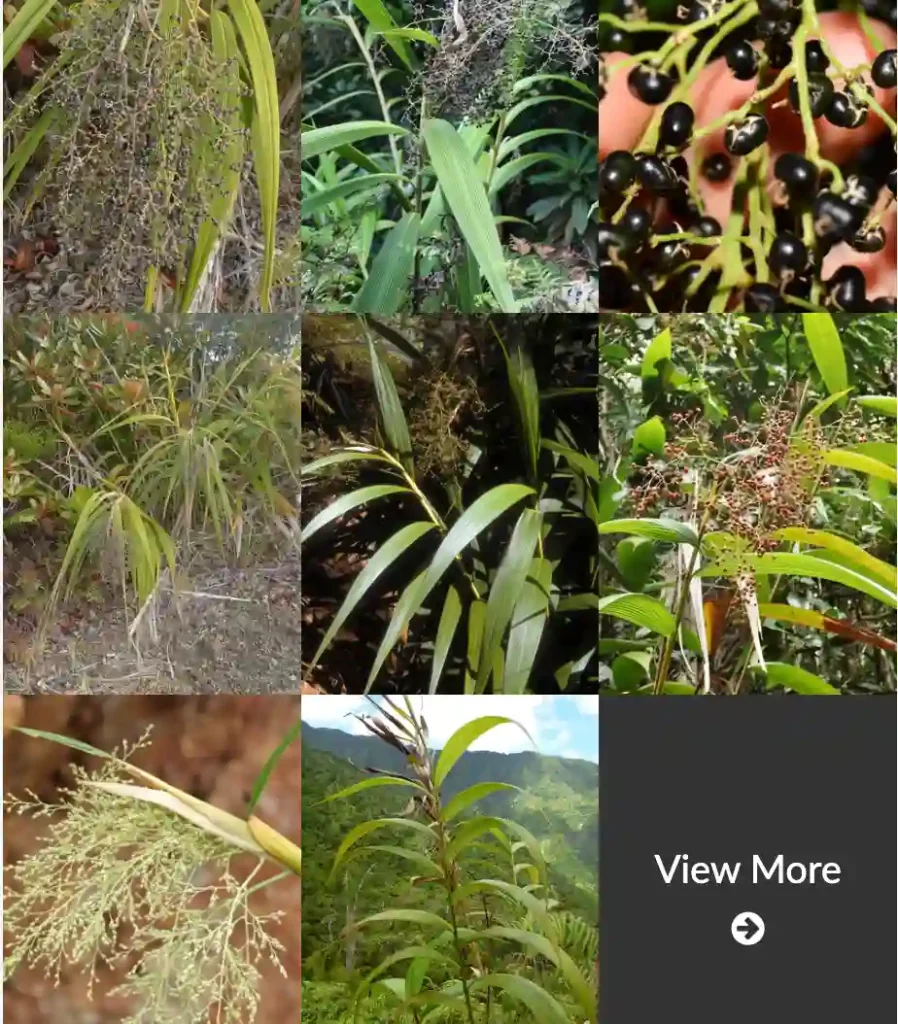What is Quercus Gambelii?
Quercus Gambelii, commonly known as Gambel Oak, is a fascinating tree species that thrives in various parts of North America, including the southwestern United States. In this article, I’ll address some frequently asked questions about this oak species, focusing on its growing conditions, care, and other essential details. I’ll also share insights on some common misconceptions and comparisons with similar trees.
657 Species in Genus Quercus
Where Do Quercus Gambelii Oak Trees Grow?
Gambel Oak primarily grows in the southwestern United States, including states like Colorado, Utah, Arizona, and New Mexico. They thrive at higher elevations, typically between 4,500 and 8,000 feet, and are particularly well-suited to regions with dry, rocky soils. These trees are commonly found in mountainous and foothill regions, making them ideal for colder, high-elevation climates.
While Gambel Oaks are native to these areas, they are also sometimes planted in gardens or naturalized landscapes in other parts of the country. However, they may struggle in regions with high humidity or low elevation. Gambel Oaks prefer areas with well-drained soils and can tolerate drought conditions once established.
Are Quercus Gambelii Found in Ontario, Canada?
No, Quercus Gambelii is not native to Ontario, Canada. This tree species is native to the southwestern United States and northern Mexico, and it thrives in arid and semi-arid regions with distinct seasonal temperature variations. Ontario’s colder, more humid climate is not suitable for Gambel Oak, and you won’t find it growing naturally in this region.
How to Care for Quercus Gambelii?
Caring for Gambel Oak is relatively straightforward once you understand its natural habitat. Here are some essential care tips:
- Watering: Quercus Gambelii is drought-tolerant but benefits from deep watering during prolonged dry spells. Once established, it requires minimal irrigation, making it a low-maintenance option for xeriscaping.
- Soil: Gambel Oak thrives in well-drained, rocky soils with low fertility. Avoid planting it in clay-rich or waterlogged soils, as this can lead to root rot.
- Sunlight: These trees love full sun but can tolerate partial shade. Ensure they receive at least six hours of direct sunlight daily for optimal growth.
- Pruning: Regular pruning helps maintain a healthy shape and encourages new growth. Prune in late winter or early spring before new growth appears.
How to Propagate Quercus Gambelii?
Propagating Quercus Gambelii can be done through acorns or root suckers. Here’s how:
- Acorns: Collect acorns in the fall when they have fully matured. Plant them directly in the ground, about 1–2 inches deep, in a well-drained soil mix. Water the acorns regularly until they germinate, which typically takes a few weeks.
- Root Suckers: Gambel Oaks naturally produce root suckers, which can be dug up and replanted in another location. This method is often easier than starting from seed since the young plants already have an established root system.
Can You Grow Quercus Gambelii Indoors?
No, Quercus Gambelii is not suitable for indoor growing. These trees need plenty of sunlight and space to develop their deep root systems and expansive canopy. Attempting to grow them indoors will limit their growth and lead to poor health over time. It’s best to plant them in an outdoor garden or landscape where they can thrive.
Is Quercus Gambelii Toxic?
Quercus Gambelii is not toxic to humans, but like many oak species, it can be mildly toxic to livestock if consumed in large quantities. The acorns, leaves, and twigs contain tannins, which can cause digestive issues in animals like cattle and sheep. If you have livestock, it’s essential to keep them from grazing on too much Gambel Oak material.
What Are the Benefits of Quercus Gambelii?
There are several benefits to having Gambel Oak in your landscape:
- Erosion Control: The tree’s extensive root system helps stabilize soils and prevent erosion, making it ideal for mountainous regions or slopes.
- Wildlife Habitat: Quercus Gambelii provides shelter and food for a variety of wildlife, including birds, deer, and small mammals. The acorns are a valuable food source for many species during the fall.
- Drought Tolerance: Once established, Gambel Oaks require very little water, making them perfect for xeriscaping and reducing water usage in arid regions.
What to Plant with Quercus Gambelii?
Gambel Oak pairs well with other drought-tolerant, sun-loving plants. Consider planting it alongside:
- Yucca species: Both thrive in similar arid conditions and provide a striking contrast in foliage.
- Sagebrush (Artemisia): These plants share similar soil and sunlight requirements, creating a complementary landscape design.
- Manzanita (Arctostaphylos): This shrub also prefers dry, rocky soils and adds visual interest to the garden.
Common Problems with Quercus Gambelii
While Gambel Oaks are generally hardy, they can face a few issues:
- Powdery mildew: This fungal disease can affect the leaves, especially in overly humid environments.
- Root rot: Poorly drained soils can lead to root rot, which can be fatal for the tree.
- Suckering: Gambel Oaks often send out root suckers, which can become invasive if not managed.
Quercus Gambelii vs. Quercus Turbinella: What’s the Difference?
Quercus Gambelii is often confused with Quercus Turbinella, a similar species known as the Shrub Live Oak. The main difference lies in their growth habits—Gambel Oak can grow into a small tree or shrub, whereas Quercus Turbinella remains a dense, shrub-like plant. Additionally, Gambel Oak leaves are broader and lobed, while Quercus Turbinella has smaller, more spiny leaves.
Conclusion
Quercus Gambelii is a versatile, drought-tolerant oak species that provides numerous benefits to both wildlife and landscapes. Whether you’re looking to add it to your garden for erosion control or wildlife habitat, or simply curious about its care, Gambel Oak is a great choice for those living in arid or high-elevation regions. Just be sure to plant it in the right conditions, and it will reward you with beauty and resilience for years to come.
If i die, water my plants!



